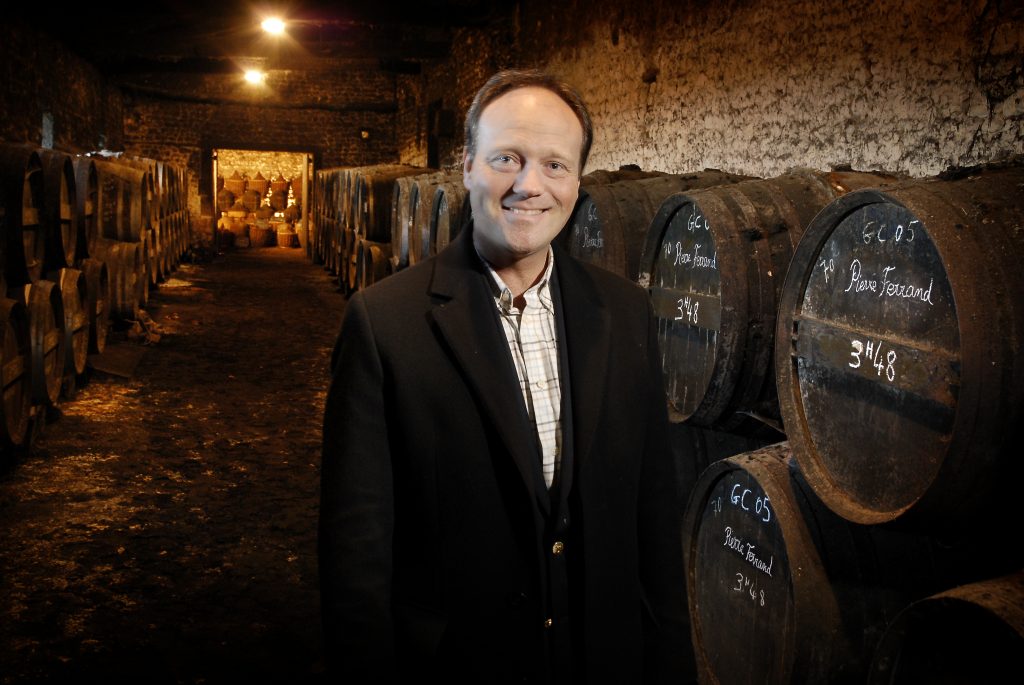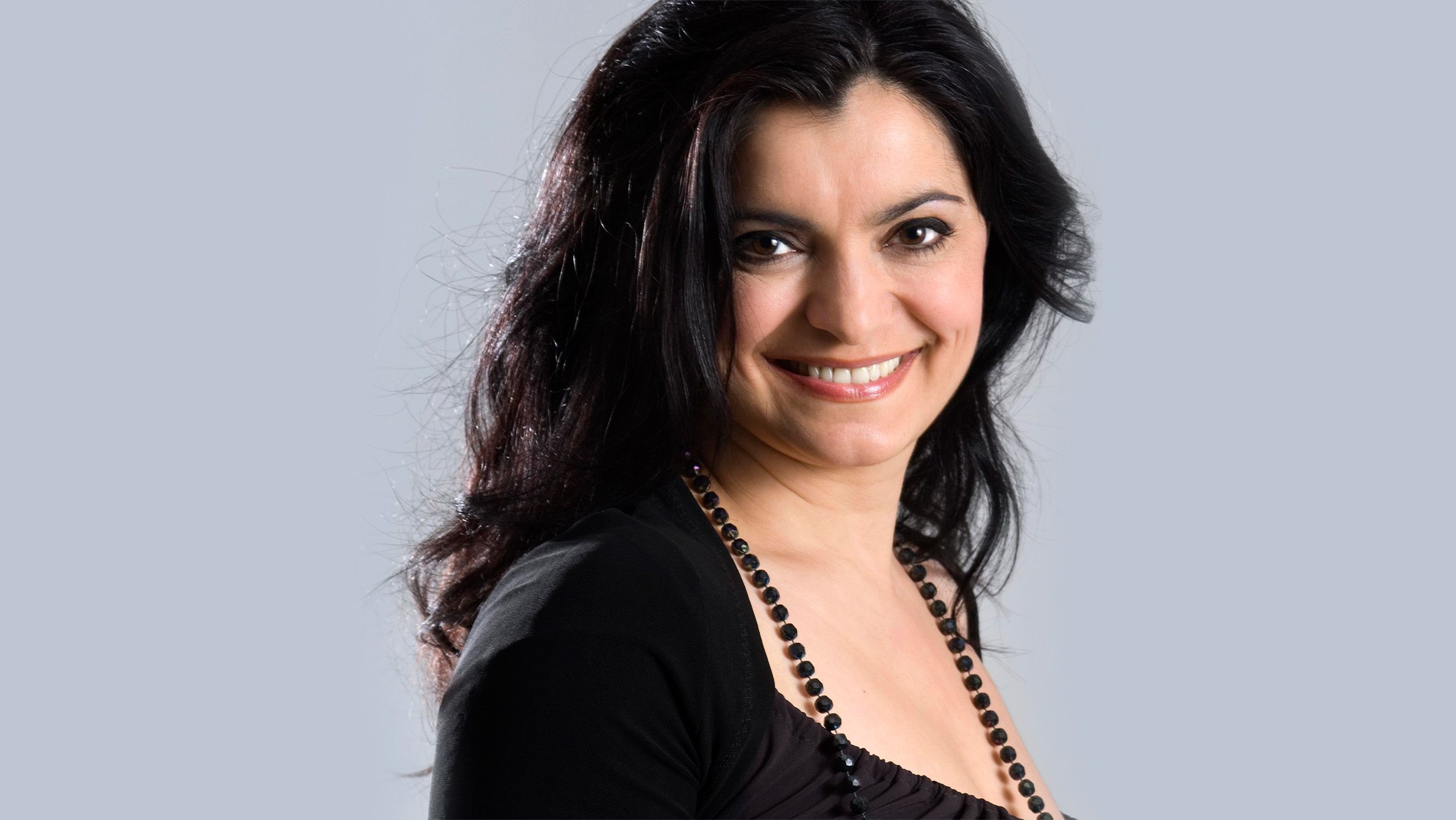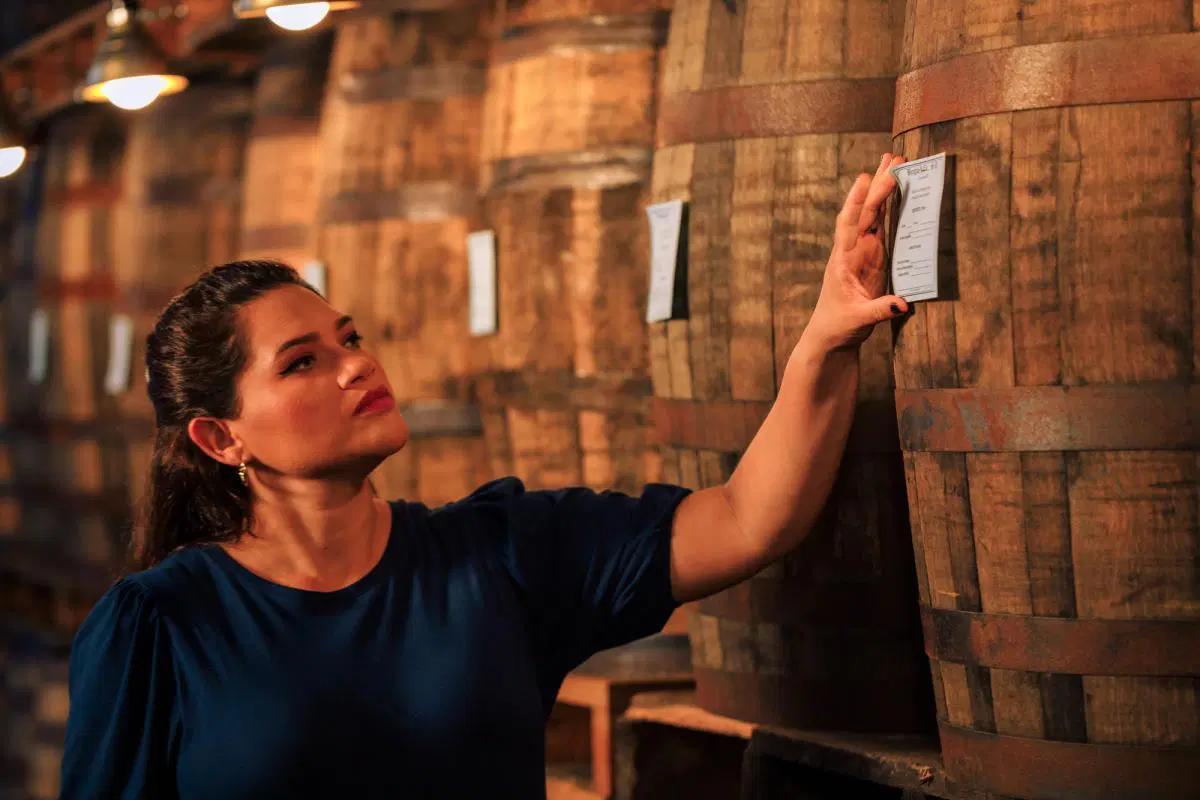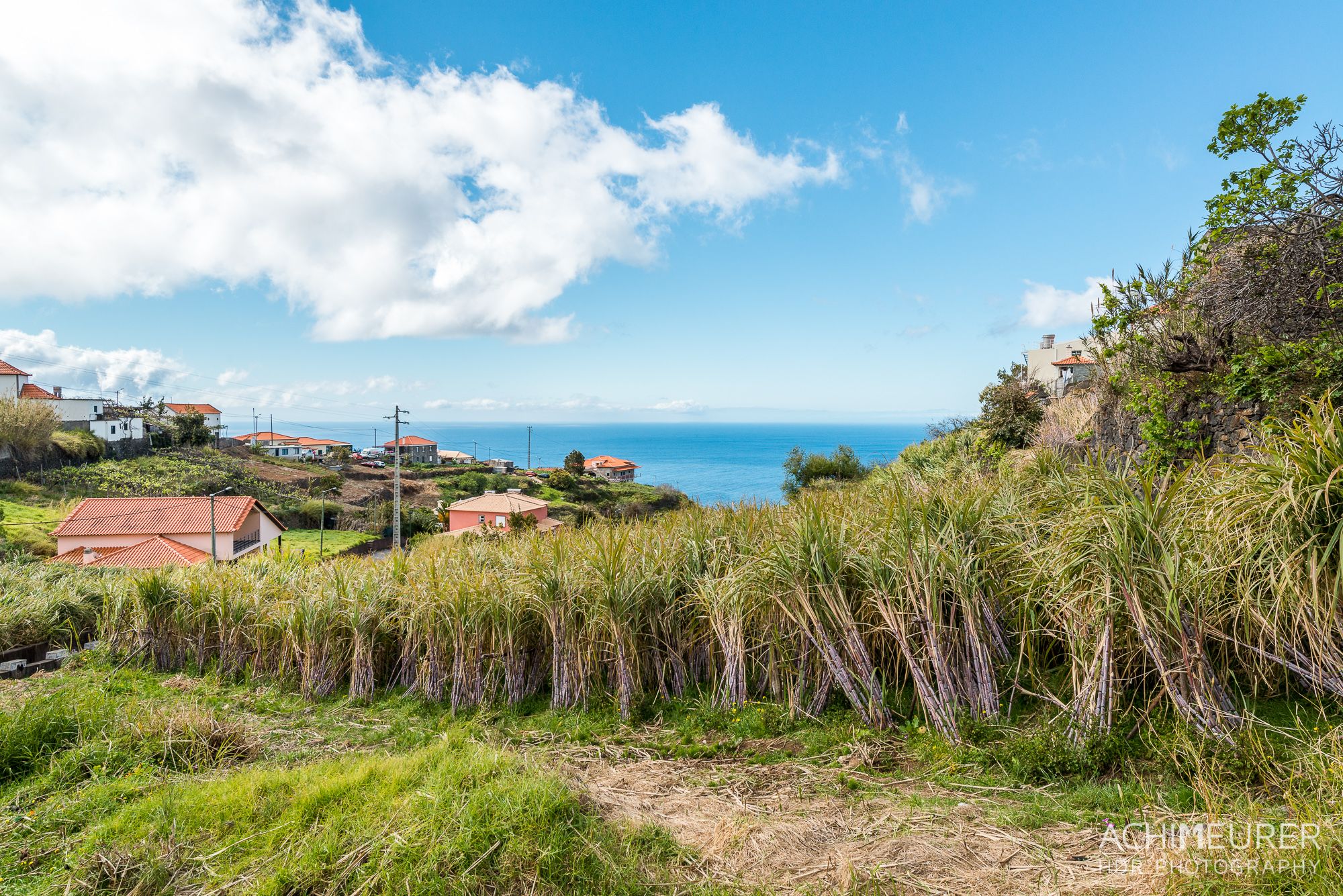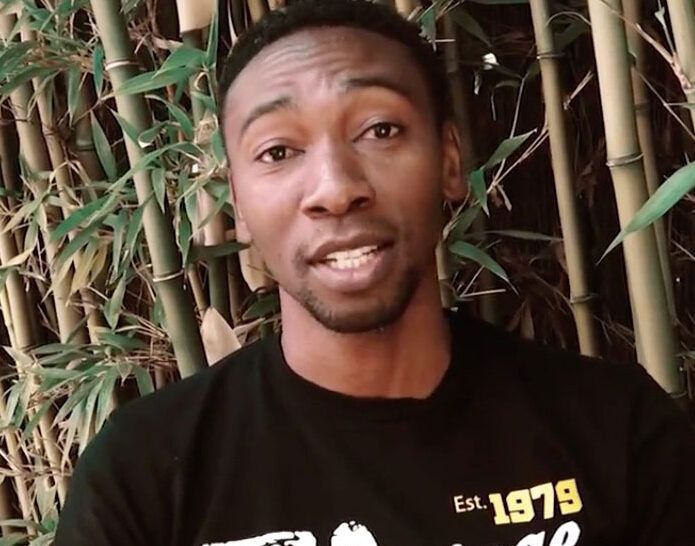Alexandre Gabriel on making rum like a rum, but ageing it like a Cognac
Talking to Alexandre Gabriel, the inspiration spirits entrepreneur behind Maison Ferrand, that brought first gin production and then rum to Cognac, and you can’t help but be transported back to another time. For Gabriel talks unlike any other head of an international spirits business I have ever met. Let alone one whose headquarters are based in the old school, traditional ways of Cognac.
You could quite easily imagine Gabriel mixing quite easily with the great inventors of history, never mind a few eccentric ones thrown in for good measure.
For like those great historical figures he does not look back for his inspiration, but in to the great unknown. If something has not been done before then all the better.
Like deciding to make gin in Cognac stills. In Cognac. Or double ageing rum, first in its homeland of the Caribbean and then secondly back in his Cognac home. First in rum casks. Second in Cognac casks.
And now formally launching an even more left of mind product, Plantation Pineapple Rum, that is not made using some sort of modern fusion, but the skin and pulp of real pineapples.
But despite his passion and love for the Caribbean, Gabriel still has Cognac running through his veins. In particular his innate ability to understand the distilling process and what different types of spirit casks can do to help mature an individual product.
Gabriel says he has a “back to front, inside out approach” to making both gin and rum. But for both he has gone back in time for his inspiration.
A gin from Cognac?

Citadelle gin is made in the same way it was in 1775
Take his Citadelle gin, which is his attempt to re-create a gin first made in France by Louis XVI in traditional small Charenteis copper stills. The original gin of 1775 was made in the Citadelle in Dunkirk in northern France. Gabriel’s version, based on 19 different botanicals, is made using the same process, with the same Charenteis-style stills, over a naked flame, at his distillery in Cognac.
It is a unique process in the world of gin distillation, the naked flame allowing Gabriel, and his distilling team, to actually create a caramelised effect in the still and on the gin. Gabriel likens it cooking a steak in a pan over a flame or in a pressure cooker. Which one is going to have more flavour?
Bringing Cognac to the Caribbean

Plantation rum is made and aged in the Caribbean and then double-aged back in Cognac in France
His inspiration for rum had to come from the Caribbean itself and it is testimony to Gabriel’s genuine passion and desire to create rums that are pure to the terroir of the island they come from that has made him such a respected and loved figure across the region. For on paper a Frenchman from Cognac coming to the Caribbean to show them how to make rum may not have been well received.
He concedes part of the reason he ended up in the Caribbean is that he was struggling to sell Cognac casks to the Scots and was looking for new markets. But Scotland’s loss is very much the Caribbean’s gain.
“I thought quite humbly that I could bring my Cognac experience to rum,” he says. “They are very different, but they are also quite similar. But the key is in the ageing and the maturity and by using our Cognac methods I think we have been able to bring rum up to a new level.”
Gabriel has been roaming the islands of the Caribbean since the 1990s looking at traditional and artisan ways to make rum that can also have international appeal for what have become his highly respected and award winning Plantation Rum series.
By using his Cognac knowledge of ageing in wooden casks he has been able to produce a range of terroir-driven rums true to the land and the cultures they come from be it Barbados, Guyana, Grenada or so on.
Gabriel was recently in London to officially launch his Pineapple Plantation Rum. A drink first created more for fun and for experimentation than to become a commercial product. But such was the interest in the first, and only two barrels made, Gabriel was encouraged to produce more and put the rum in to distribution.
A nod to Dickens
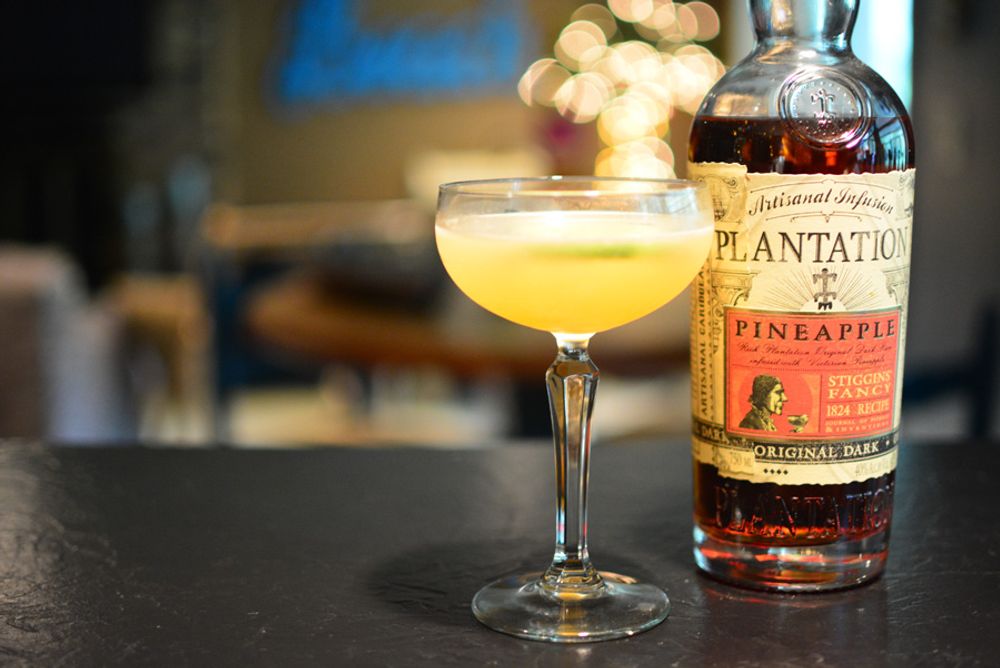
Made in the way Charles Dickens would have drunk it
Again we have to go back in time to find Gabriel’s inspiration in the form of another great story teller, Charles Dickens. For apparently Dickens, and his peers, were rather fond of sipping on a similar stye of pineapple-based rum. In fact one of Dickens characters, Reverend Stiggins, from the Pickwick Papers, appears on the bottle and label as Plantation Pineapple Stiggins’ Fancy 1824 Recipe.
Gabriel worked with cocktail historian, David Wondrich, to create a modern style of pineapple rum. that uses carefully selected Victoria-style pineapples (the size of a mini cannon ball). Gabriel uses both the skins and the fruit to create his overall blend. First the skins are infused in Plantation 3 Star rum for a week before being distilled. “It is the same concept as using a tea bag,” explains Gabriel.
The fruit is infused with Plantation Original Dark rum for three months, before the two are blended together and then aged for another three months in casks.
Gabriel told The Buyer that he was able to use his knowledge of using orange skins in creating triple sec when deciding how to use the pineapple skins in creating the rum.
He was particularly keen to create a rum with “finesse and elegance”.
The difficulty will be getting your hands on a bottle. Only around 3,000 bottles are available for the UK and the vast majority of those have been pre-sold to those in the know.
Aged like a Cognac

The Plantation rum is aged in Cognac
It is undoubtedly the double-ageing of Plantation rums that give them their unique qualities. Over the last 20 years Gabriel has created his own rum distillery in the heart of Cognac where rum, initially aged in the Caribbean, is brought over to be aged again in Cognac casks in the south west of France.
He thinks it is his unique and driven approach that has made him so many friends in the Caribbean.
“I am like their priest in the Caribbean. I know things about them and their production methods that others in the Caribbean don’t know. They trust me,” he says. “They have also been so welcoming to me, this strange Cognac guy, over the years. I am not so sure the people of Cognac would have been quite so welcome to a rum guy coming over telling them how to do things.”
But such a figure is Gabriel now in the Caribbean rum community that many families now send their children over to Cognac to study and learn about distillation and the way of life in France.
“It is fascinating bringing the world together in this way,” he adds. “It is also so much fun and exciting.”
He is also quick to pay respects to rum legend, Laurie Barnard, chairman of St Lucia Distillers Group, for being what he calls his “godfather” in the region and “opening so many doors for him”.
“But he had a similar vision to me. We could understand that to progress we had to look in to the future.”
Gabriel is hopeful that the work he has done in the Caribbean, particularly around the ageing of rum, will be able to help future generations of rum makers. “It is why the terroir approach to rum making has been so important to me.”
He concludes: “We try and bring individual barrels together to create unique rums. That’s our difference. We make rum like a rum and then we age it like a Cognac.”
